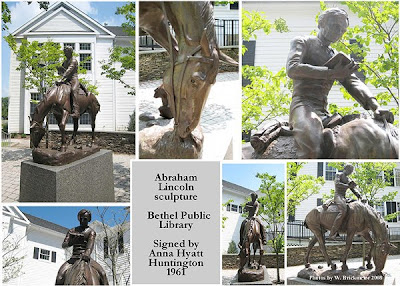
Icebergs, by Roma Gains, Illustrated by Bobri, Thomas Y. Crowell Company New York, 1964




Icebergs, by Roma Gains, Illustrated by Bobri, Thomas Y. Crowell Company New York, 1964




Anonymous Chinese artist, 'Peanut, Arachis hypogaea', late 18th or early 19th century. Museum no. E.1754-1924
Anonymous Chinese artist
'Peanut, Arachis hypogaea'
Late 18th or early 19th century
Watercolour
Museum no. E.1754-1924
As China opened up to foreign trade in the eighteenth century European botanists were compelled to record the plants they encountered for the first time. Rather than return home with dry and lifeless specimens, native artists were employed to produce drawings from living species, particularly around the ports of Macao and Canton.
Though Chinese artists could boast a long tradition of flower painting, their abstract style was very different from the precise botanical illustration undertaken in Europe. In order to satisfy their patrons' tastes, these native artists began to study European examples and to adopt the same conventions.
This study of a peanut plant shows the characteristically hybrid style that emerged. Attesting to its European influence, the drawing is arranged on a blank page and every detail, including the last nibbled leaf is recorded. Nevertheless, there are still Chinese traits such as the flattened perspective.





Huntington is recognized as one of America's finest animaliers, whose naturalistic works helped to bridge the gap between the traditional styles of the 1800s and the abstract styles of the mid-twentieth century. Her prominence also enabled other female artists to succeed. Her innovations in technique and display, as exhibited through her aluminum statues in Brookgreen Gardens, guarantee her place in the annals of art history.
During the 1940s and 1950s, she was increasingly distressed by modern art and what she considered a tasteless machine age. However, despite widespread public interest in abstract sculpture, Mrs. Huntington continued to win recognition and awards. She did her last equestrian statue when she was 91.
Huntington, along with her husband, Archer Milton Huntington, helped found nearly 20 museums and wildlife preserves as well as America's first sculpture garden, Brookgreen Gardens in South Carolina.